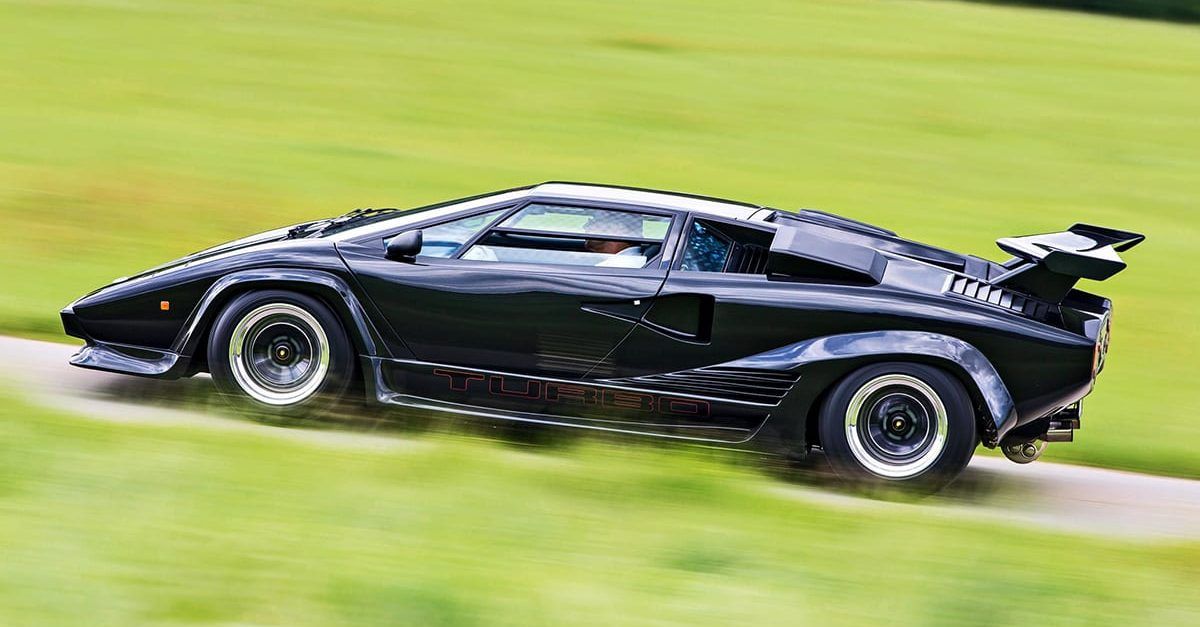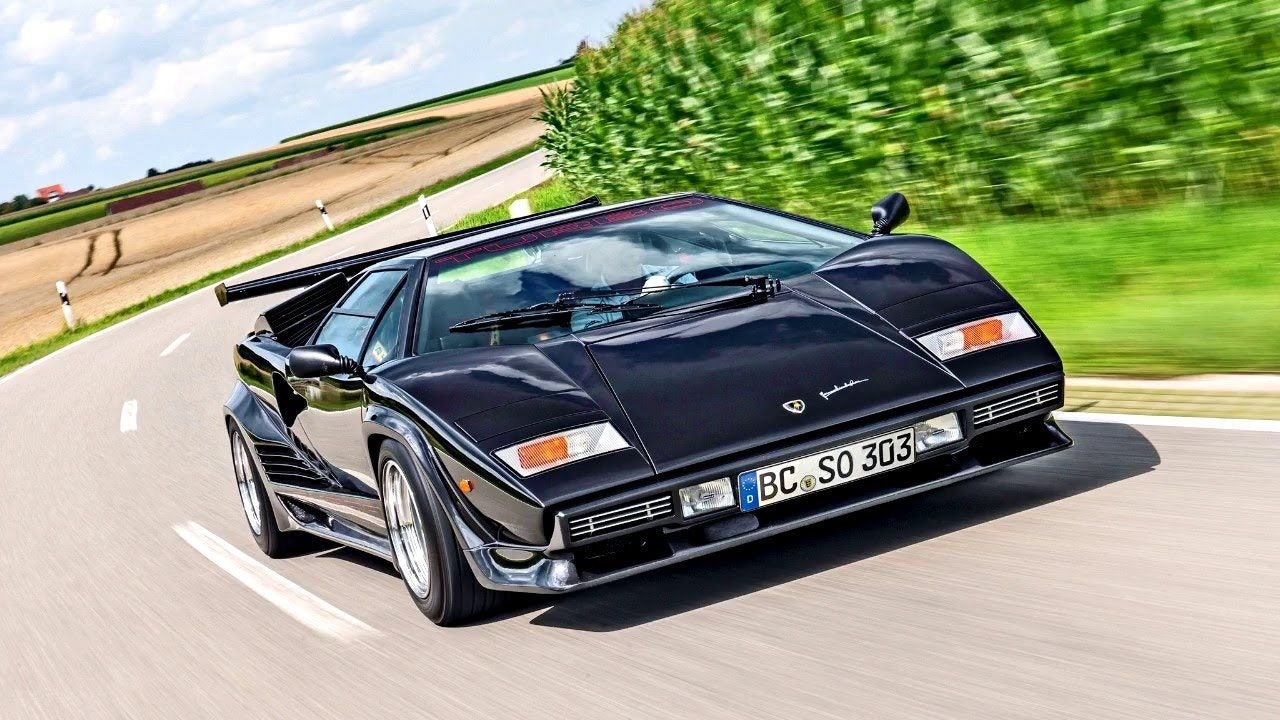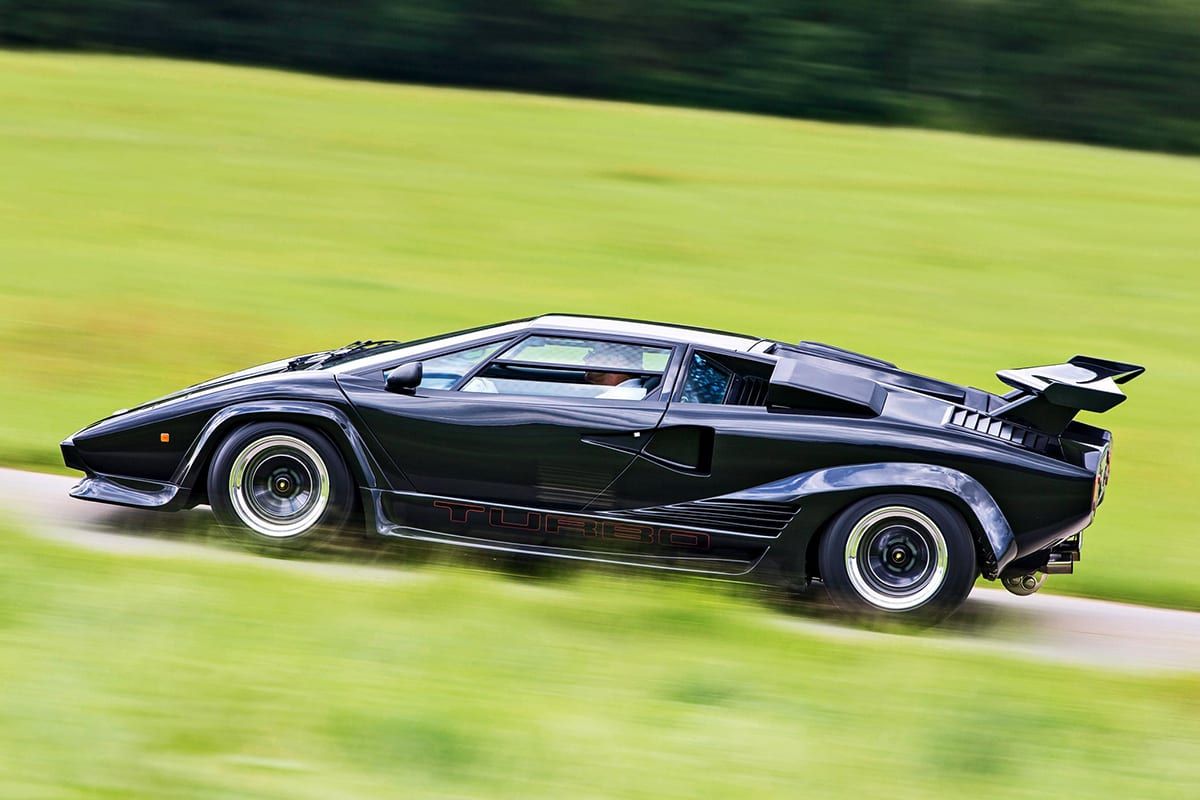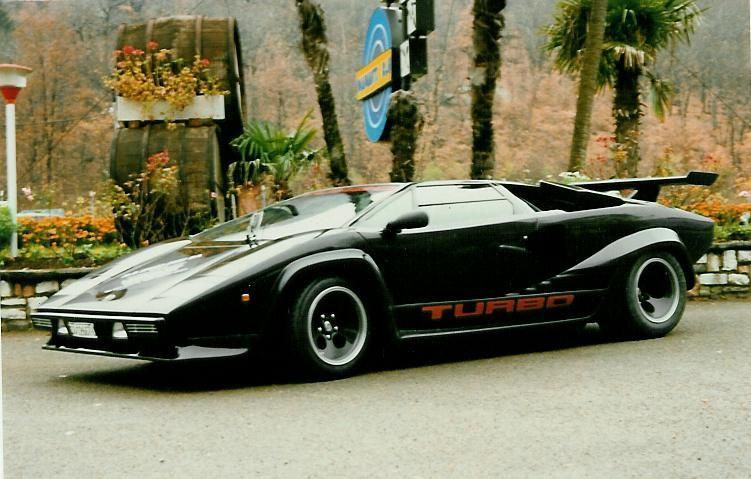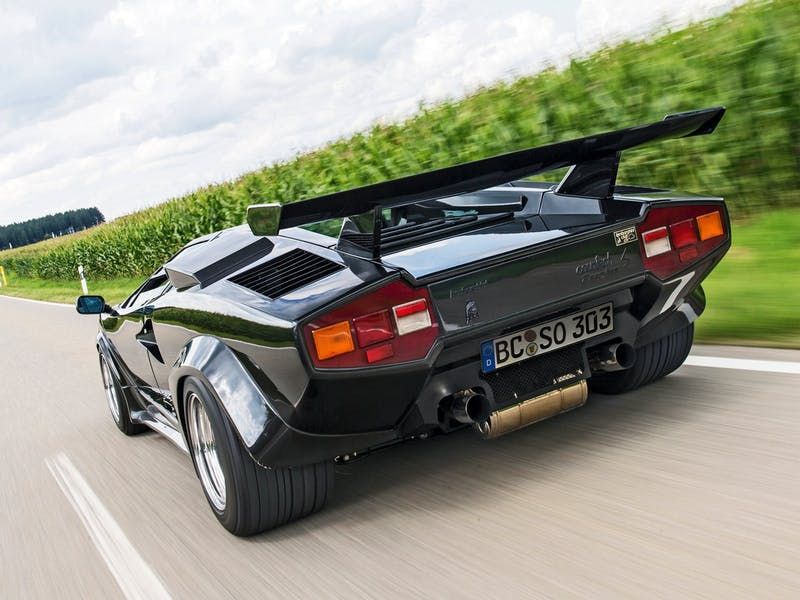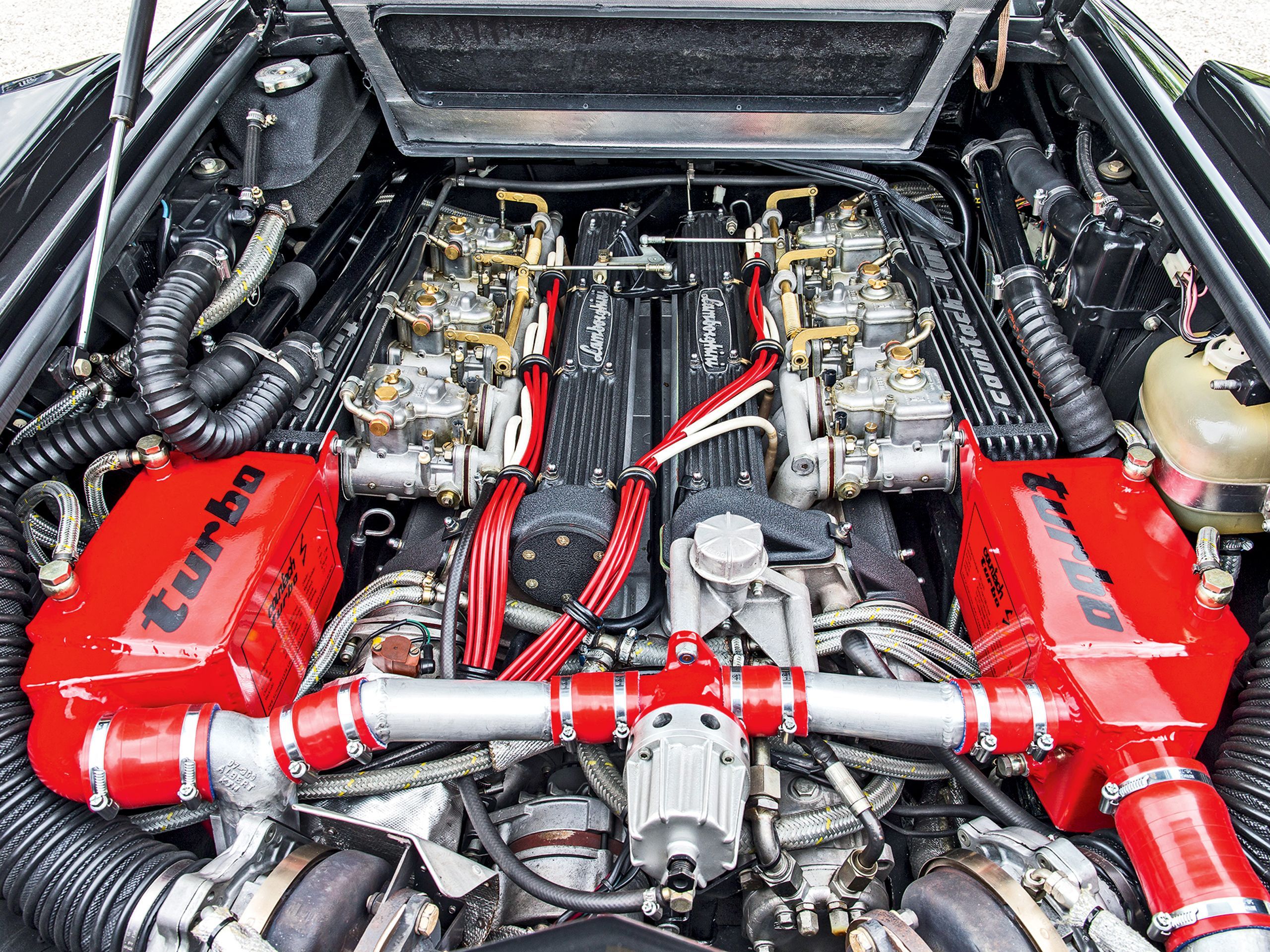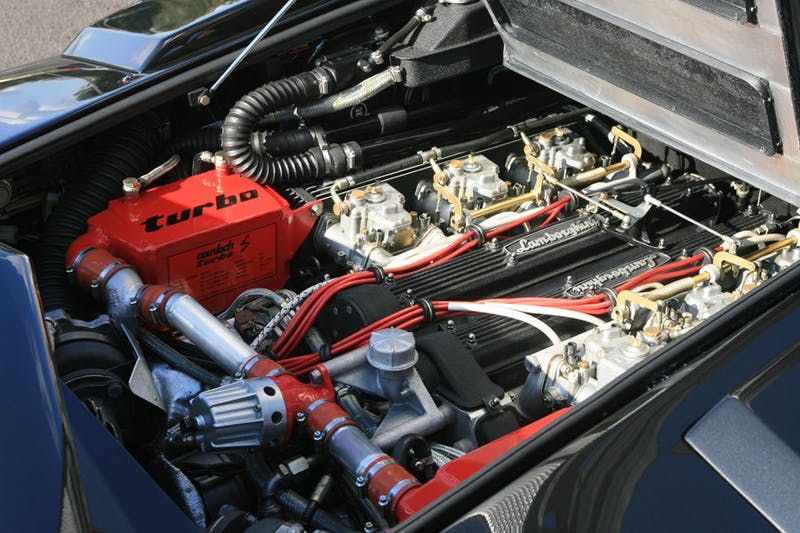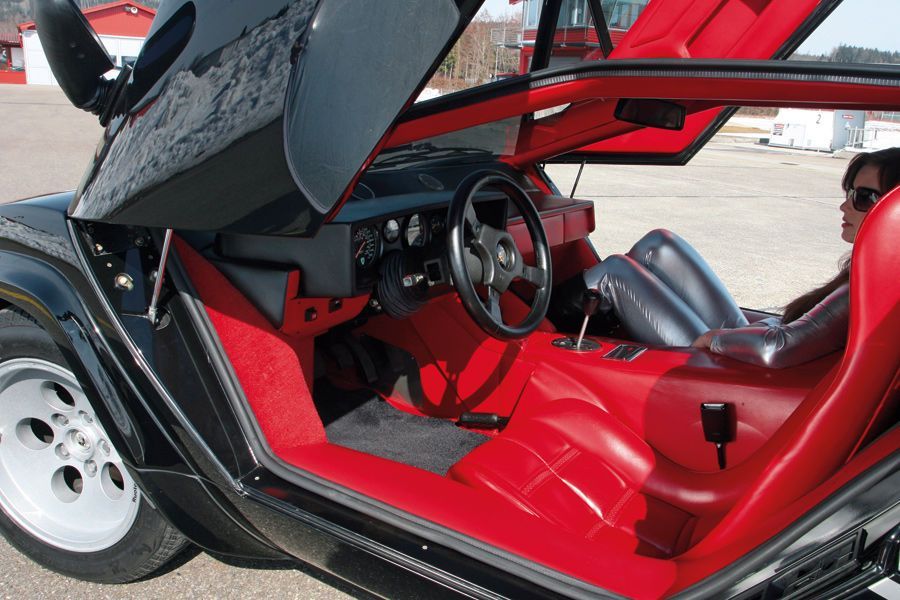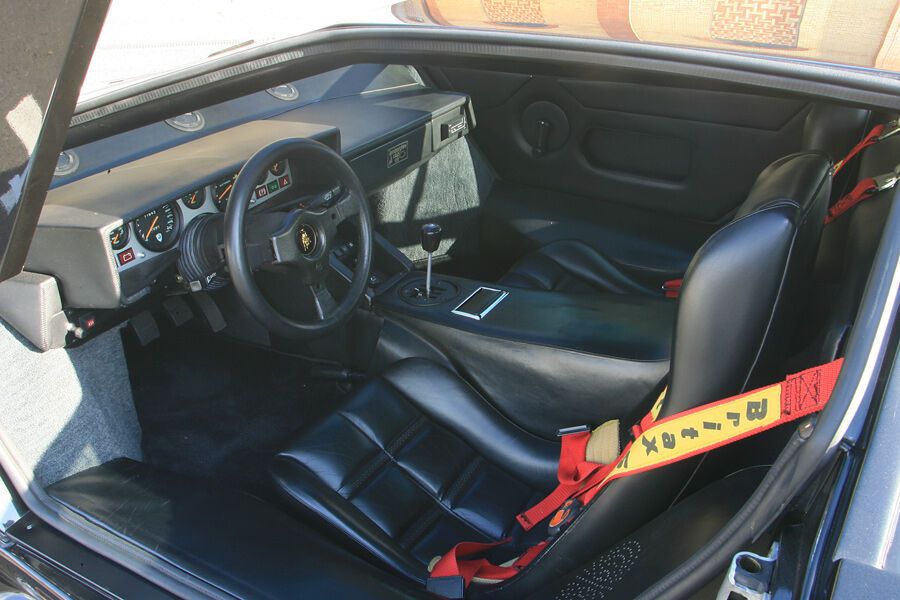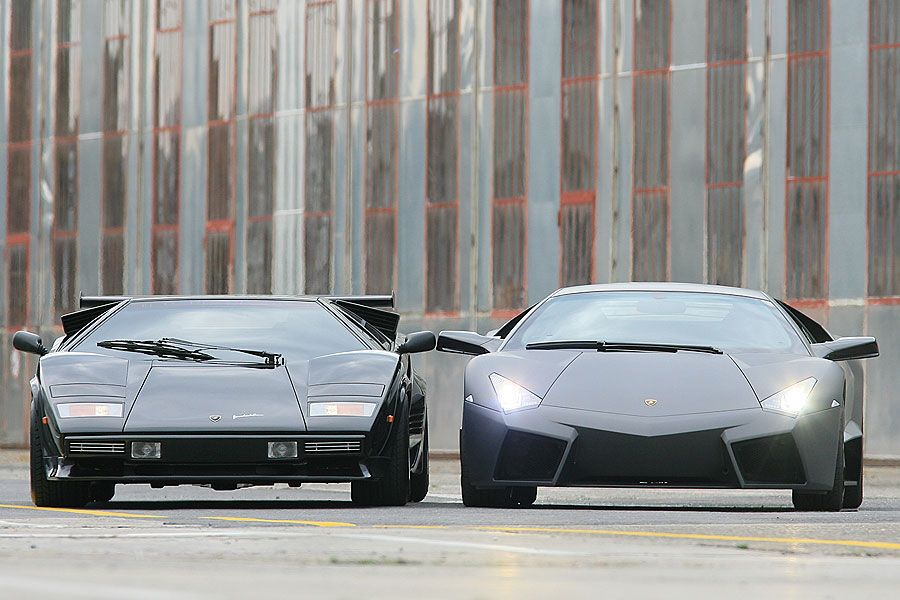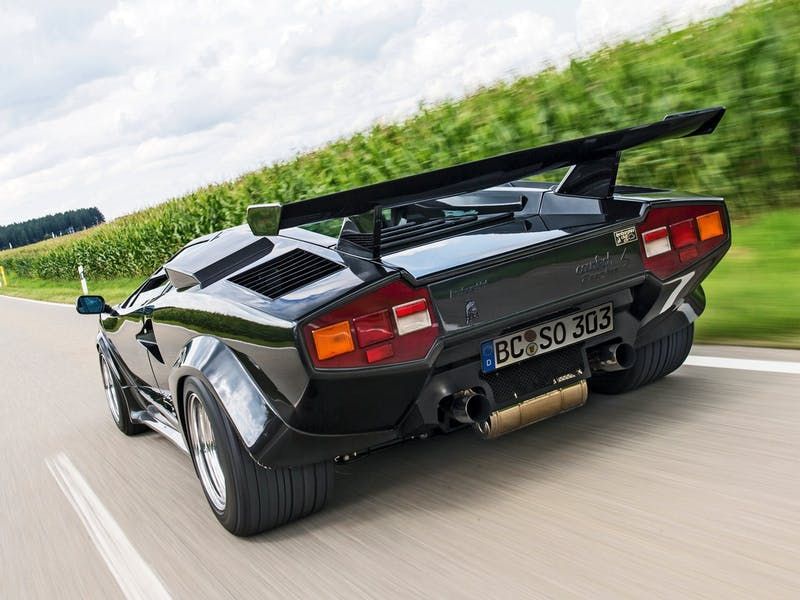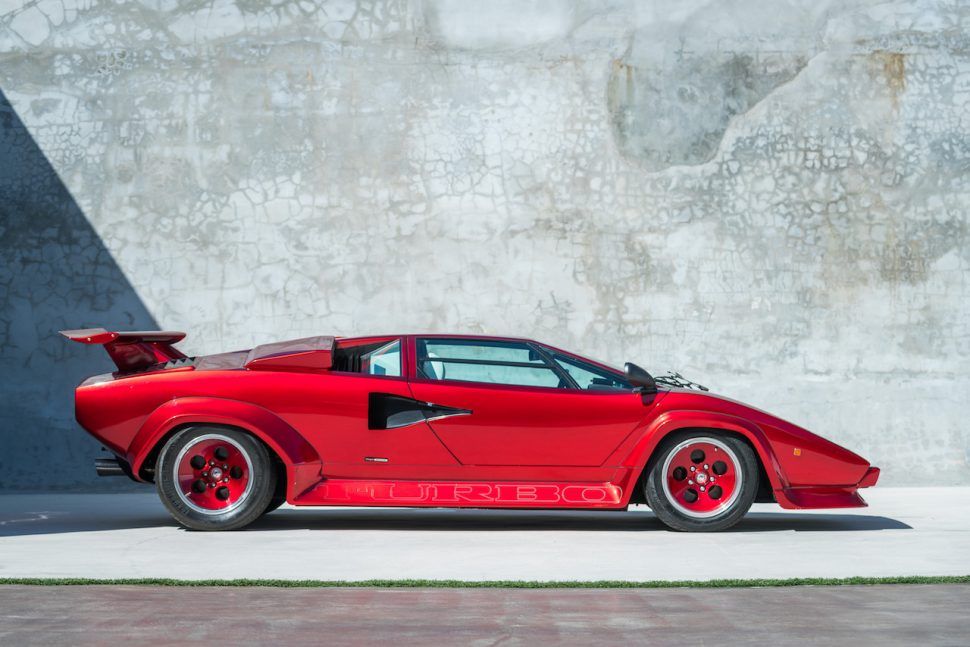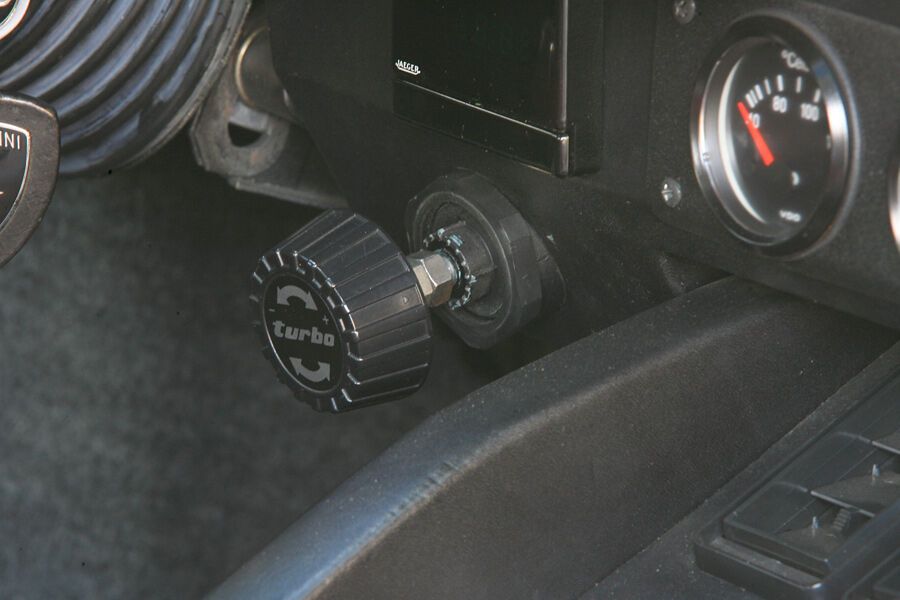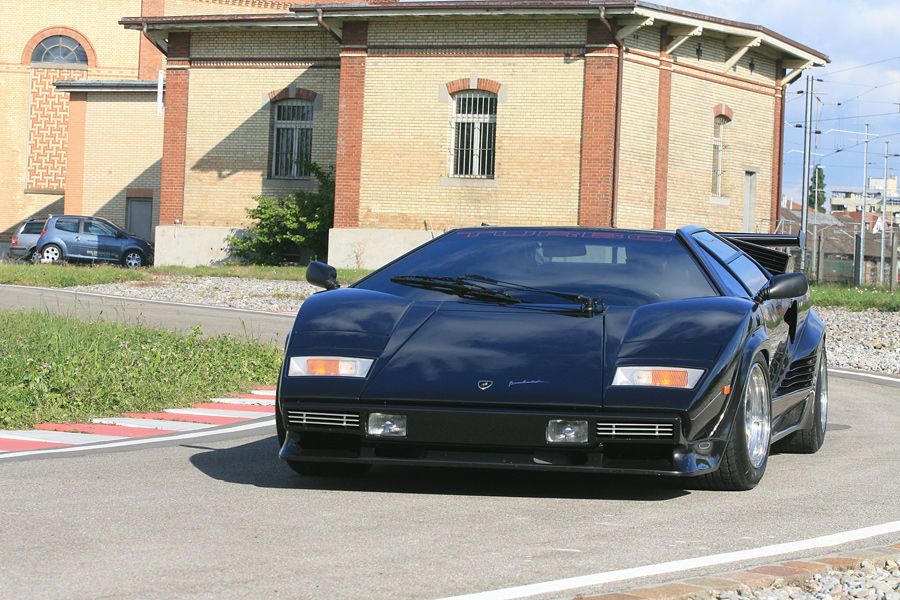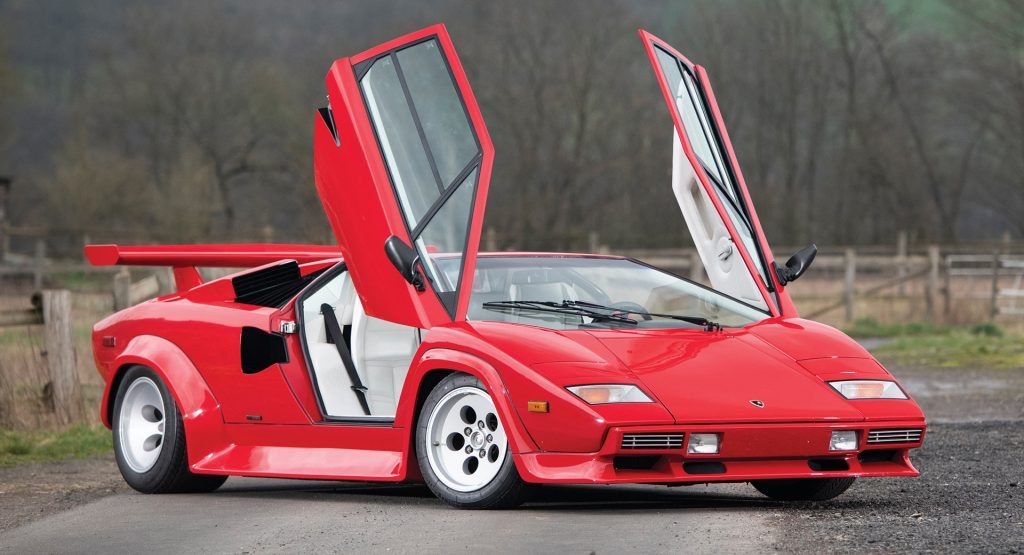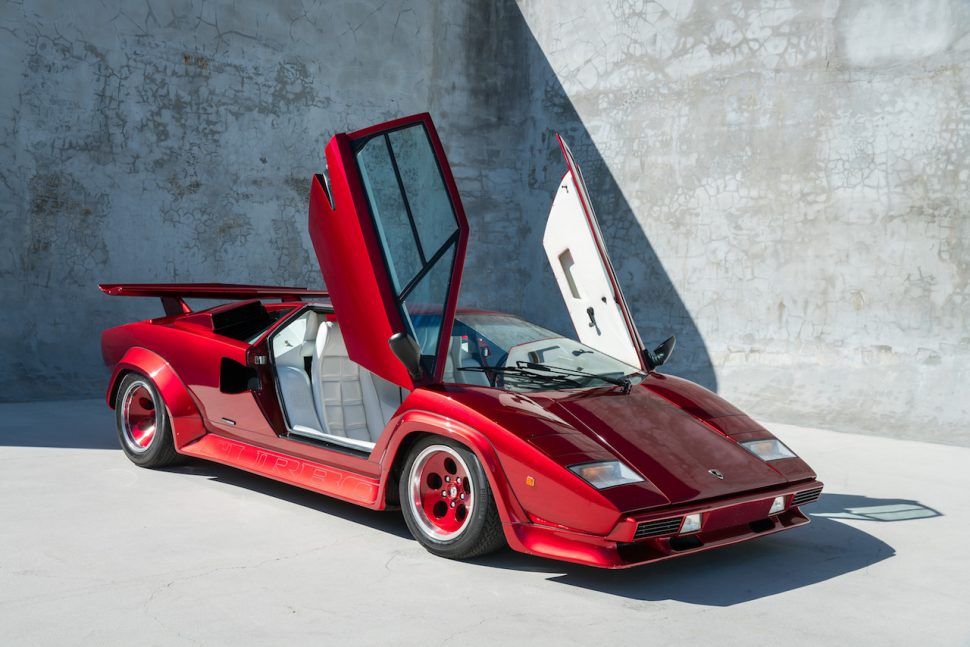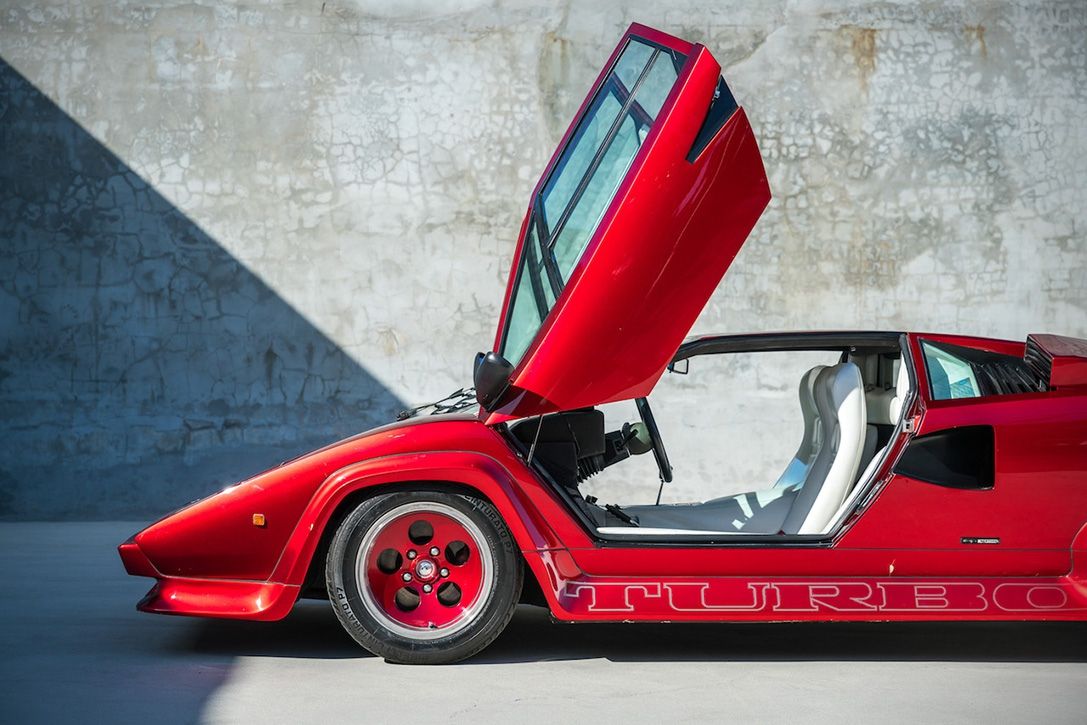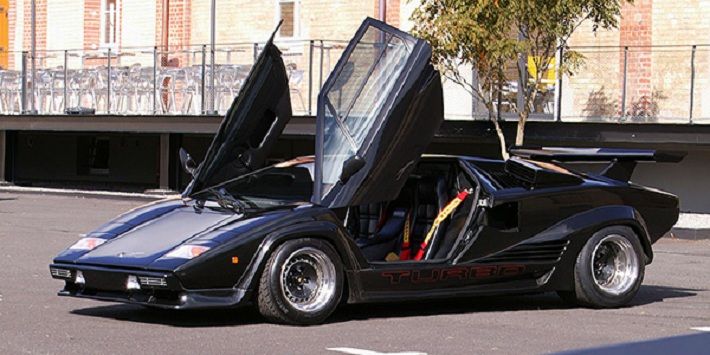Produced from 1974 to 1990, the Lamborghini Countach was what sports cars in its era wished they were. The Countach had no match aesthetically. Performance-wise, it obliterated all comers, and while at it, the automobile scooped the title of the World’s Fastest Production Car, twice. The Countach is still a relevant car today, and a good example could fetch as much as a million at auction. The car was so good it couldn’t have been built better, or so we thought... until we saw the Countach LP Turbo S.
An idea of then Switzerland's official Lamborghini distributor, Max Bobnar, the Lamborghini Countach LP Turbo S is a performance-modified Countach that was built by Master Technician Franz Albert in the early 1980s, featuring twin turbochargers among other enhancements. The Lamborghini Countach LP Turbo S is all shades of awesomeness, and for reasons we’ll soon dive into, only a few have been privileged enough to see or even ride in the incredible sports car.
10 The Name
Lamborghini started the Countach series in 1970. Models before the Countach and after bore names associated with bullfighting and popular bulls, but the Countach broke the norm. The name stems from the term “contacc” which is the way Piedmontese speakers make exclamations of astonishment.
Lamborghini devised a system of alphanumeric specifications to identify the Countach models. The “LP” is an abbreviation of “longitudinale posteriore,” an Italian term meaning longitudinal rear, referring to the engine placement on all Countach models, and the “S” is short for sport.
9 Specifications
A pair of EF60 Turbos on the Countach’s V12 engine doubled its horsepower from 375 to a little above 750 at 6,500 rpm. The wheels were telephone dial types, and they came in 10.5 x 15 inches at the front shod in 255/45VR15 tires, and 14 x15-inch wheels at the rear with the widest tires available at that point, the 345/35VR15 tires.
The Turbo S had a compression ratio of 7.2:1, and while the standard Countach LP500 S engine was equipped with 6 horizontal twin-choke Weber 45 DCOE side-draught carburetors, the Turbo S came with Weber 40 DCOE units.
8 Performance
The Countach Turbo S stood heads and shoulders above its peers in the speed department. With a speedometer that peaked at 264 mph, it was clearly unrivaled. No other car before the Turbo S clocked 200 mph, and it would take another 3 years before any other car would achieve the milestone.
Located under the steering wheel is a boost adjuster with a minimum setting capable of transmitting 517 mph to the rear tires, while at maximum, it could produce an impressive 757 mph. Also, at maximum boost, the Turbo could churn out 646 lb-ft of torque.
7 Interior
Anyone who mistakes the Countach Turbo S’ interior for a plane’s cockpit should be forgiven. The impressive line-up of gauges, the unique dials, the mouth-watering turbo-boost gauge, and a speedometer that read numbers that were considered impossible in 1984, all added to the car's already legendary status.
Also, its interior reflected its Italian roots. Bold colors, two low seats that provide much more comfort than supercars were supposed to give, and elegant leather finishing all points to the class of owners the car was expected to attract.
6 Futuristic
As an upgraded variant of the Countach 5000 S, the Turbo S was like no other car before it. When it was showcased at the 1984 Geneva Motor Show, many enthusiasts were in disbelief of its performance claims. Already a fast car, the aim was to make the Countach even faster and more powerful.
And for a 1984 car, the Countach LP Turbo S’ top speed of 200 mph was all the more impressive. The Turbo S has been compared with the more recent Lamborghini Reventon, with which it shares several similarities like the side swiveling doors and general outline.
5 Rear Wing
As breathtaking as the Turbo S is with an incredible 750 horsepower at its disposal, the car wasn’t as aerodynamically efficient as it should be, no thanks to its rear wing. A rear wing’s primary function is to help prevent a car from launching into the air at high speed.
However, the Lamborghini Countach's rear wing was built for an entirely different purpose – aesthetic beauty. Originally, the rear wing wasn’t in the plan for the Countach, but due to popular demand, it was added to every Countach as a mere attachment.
4 Unconventional
The Turbo S was seemingly built with one intention; to blow people’s minds away. And to say it achieved that would be an understatement. The makers did not just slap two turbochargers onto the already existing Countach, they did more. Like the other Countachs that came before it, the Turbo S had an aluminum exterior wrapped around its tubular steel chassis.
However, it deviated from the norm of exotic cars made in that era through its angular shape and the scissors doors that would later become the trademark for all Lamborghini vehicles.
3 Examples
Only two units of the Turbo S were ever built. One was a sinister-looking black 5000S Turbo, while the other was a Red Metallic LP 400S Turbo. Since the Turbo S was not legal in Switzerland, the brain behind the Turbo upgrade, Max Bobnar decided to sell the car. It passed through Sweden and was resold to a Denmark-based collector.
Subsequently, it eventually wound up in Germany, where it was even featured in the 2010 Essen Motor Show. The other prototype was thought to have been missing until John Temerian of Curated discovered and sold it in 2009.
2 Production U-Turn
Somehow Lamborghini managed not to produce what would have been its first turbocharged car and instead took the seemingly easier route to make the 5000 QV. Even though this was still a fast car, there was no denying the fact that it had 300 horses less than the proposed Turbo S.
There are only speculations as to why the Turbo S was never produced by the Italian carmaker. Unfortunately, the absence of this car on the streets denied the automotive industry the rare opportunity of experiencing an automotive masterpiece.
1 Limitations
It’s difficult to tell how the Turbo S would have performed in the long term since it wasn’t massively produced. However, from what we know, the rear wing, which was added for aesthetic appeal only ended up slowing down the Turbo S’ speed by at least 15 mph.
Also, as test driver Valentino Balboni put it, the car might have been unsafe for public road users. Notably, the fact that it wasn’t considered street legal at the prototype stage could also be one of the reasons why it was never produced.

